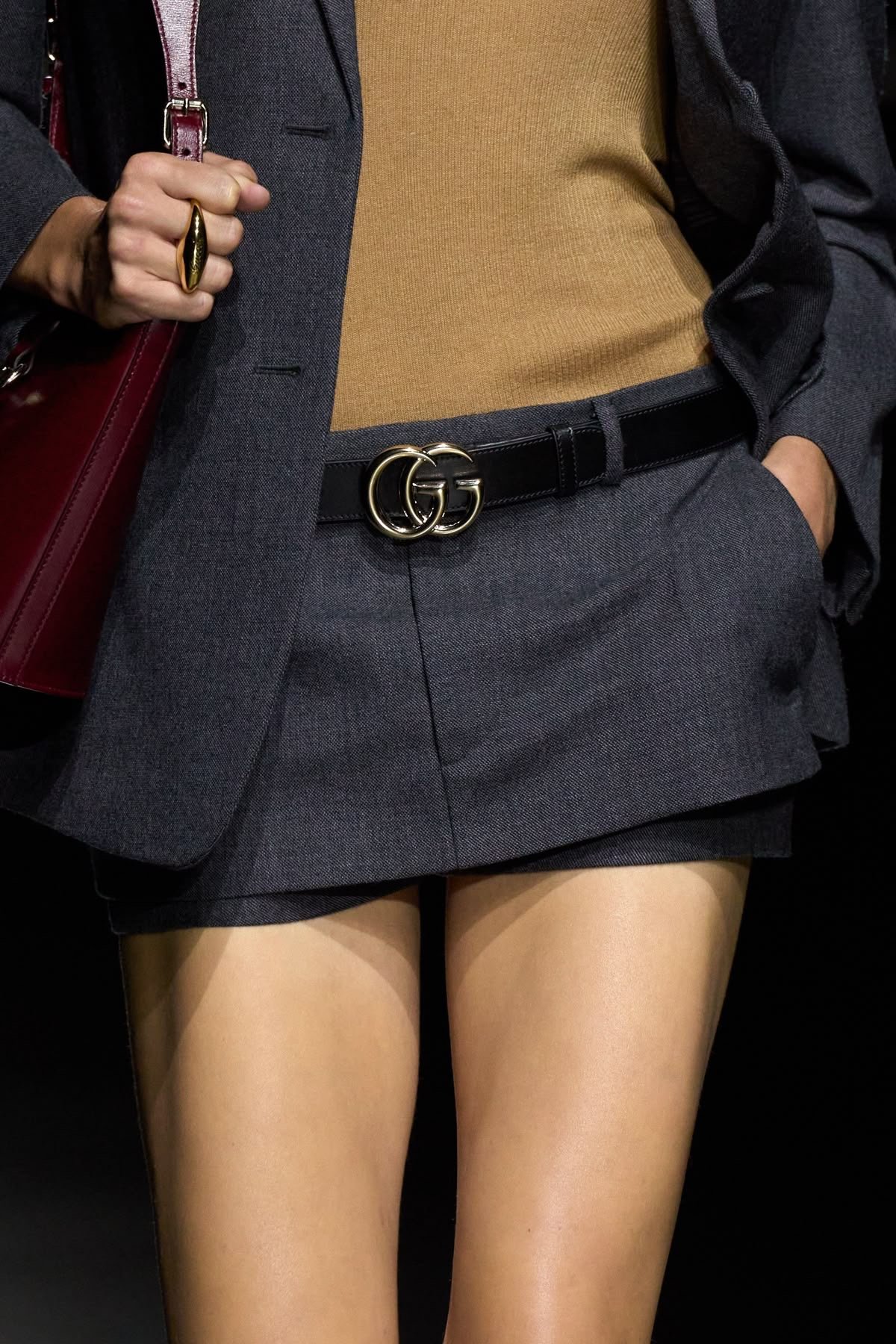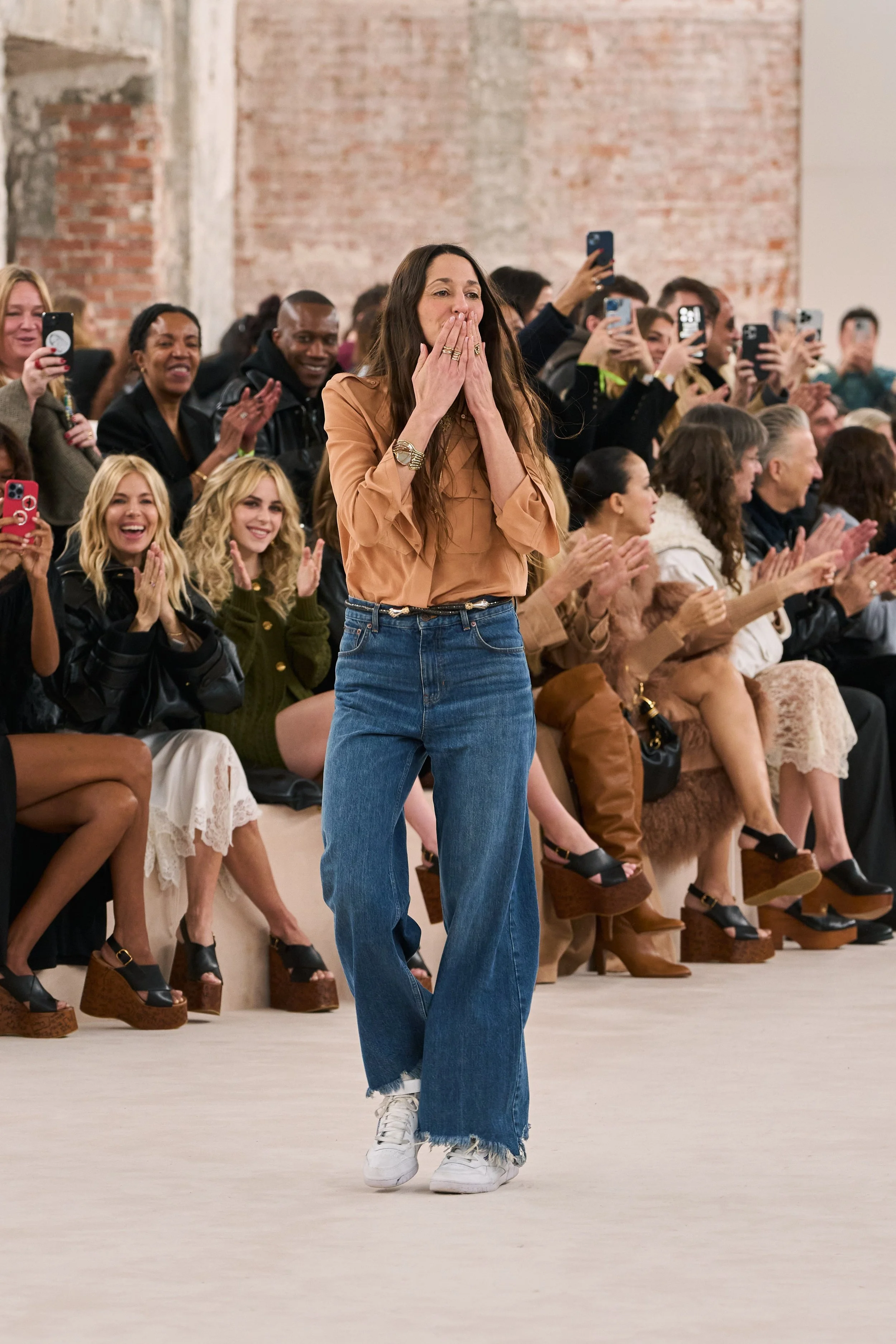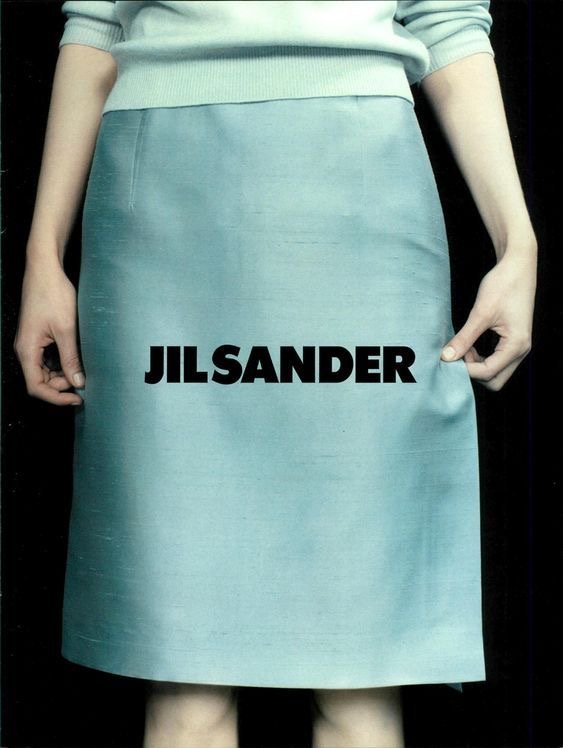The Creative Director Conundrum: Has Fashion Become a Game of Musical Chairs?
The Creative Director Conundrum: Has Fashion Become a Game of Musical Chairs?
Another day, another creative director exit. The fashion industry, once a space where designers spent decades crafting a brand’s identity, has become a revolving door of leadership changes. Some of the most prestigious houses—Chanel, Gucci, Louis Vuitton, Givenchy, Valentino—have cycled through creative directors at an unprecedented rate, raising questions about how fashion operates today and whether this level of turnover is sustainable in the long run.
While some argue that constant change is a necessary adaptation to a fast-moving world, others worry that the industry is losing something essential—depth, heritage, and the ability for designers to develop a brand’s long-term vision. Is this the new reality of fashion, or are we witnessing a period of instability that will eventually correct itself?
The Evolution of the Creative Director Role
Creative directors were once synonymous with the brands they helmed. Tom Ford at Gucci, Karl Lagerfeld at Chanel, Alexander McQueen at McQueen—these weren’t just designers; they were storytellers who shaped entire cultural movements.
Today, the role of the creative director has expanded beyond design. A modern creative lead must also be:
A marketing strategist, crafting campaigns that capture attention across social media and digital platforms.
A brand ambassador, with a recognizable public presence that aligns with the house’s image.
A content creator, delivering not just clothing but cultural moments that keep the brand in constant conversation.
A business leader, balancing creativity with commercial success in an industry increasingly driven by quarterly growth targets and shareholder expectations.
While the expansion of the role has allowed for new, interdisciplinary approaches to fashion leadership, it has also created immense pressure. Today’s creative directors are expected to deliver immediate results—often with little room for experimentation or slow-building evolution.
2024–2025: A Time of Rapid Change
Over the past two years, the pace of creative director turnover has reached an all-time high. Some of the biggest shifts include:
Gucci: After just over a year, Sabato De Sarno exits the house, leaving questions about Gucci’s future direction. His quiet luxury aesthetic, a stark contrast to the maximalism of his predecessor Alessandro Michele, didn’t seem to resonate with all consumers. The house is now at a crossroads.
Chanel: Matthieu Blazy takes over after Virginie Viard’s departure, marking a new era for the house. Given Blazy’s previous success at Bottega Veneta, his tenure at Chanel will likely emphasize craftsmanship and timelessness.
Louis Vuitton Men’s: Pharrell Williams continues his tenure, proving that fashion houses are willing to look outside of traditional design backgrounds for leadership. His collections have gained significant traction, particularly among younger consumers, indicating that cultural influence may now be as valuable as technical fashion expertise.
Valentino: Alessandro Michele has stepped in, signaling a return to bold, maximalist aesthetics at a house previously defined by refined minimalism under Pierpaolo Piccioli.
Burberry: Daniel Lee’s take on British heritage continues to evolve, but early collections have left some critics questioning whether a reliance on nostalgia is enough to drive long-term success.
These shifts demonstrate a larger industry-wide trend: brands are searching for the right formula, but frequent leadership changes may be making it harder to establish a clear identity.
Why Is Turnover So High?
Several factors contribute to this rapid cycle of hiring and replacing creative directors:
1. The Influence of Social Media and Digital Acceleration
Fashion moves faster than ever before. A collection is no longer judged over the course of a season—it is dissected online within minutes of appearing on the runway. If a show doesn’t generate immediate excitement, the pressure begins.
Creative directors today aren’t just designing clothing; they are expected to create viral moments. This shift has led to an industry-wide focus on engagement metrics rather than long-term creative development.
2. Changing Consumer Behavior
Luxury shoppers today, particularly Gen Z consumers, who are projected to make up 30% of all luxury purchases by 2030, are less brand-loyal than previous generations. Instead of following a single brand for years, they seek out designers, aesthetics, and collections that align with their personal identity at any given moment.
This shift has resulted in brands adapting their identities more frequently, which in turn has led to more frequent creative director changes. If a designer’s vision doesn’t immediately resonate, the house may feel pressure to try something new.
3. The Business of Fashion: Creativity vs. Profitability
The luxury fashion industry is no longer just about artistic vision—it is also a multi-billion-dollar business. Most major houses are owned by corporate conglomerates like LVMH, Kering, and Richemont, which prioritize financial growth.
Creative directors today are expected to increase sales, expand market share, and appeal to a global audience—all while delivering collections that align with both artistic and commercial goals. When a brand’s financial performance slows, leadership changes often follow.
The Challenge of Brand Identity
One of the biggest risks of this rapid turnover is the loss of brand identity.
Historically, brands with long-standing creative directors built deep, recognizable aesthetics that allowed them to stand apart. Tom Ford’s Gucci was sexy and bold. Phoebe Philo’s Celine was minimalist and intellectual. Karl Lagerfeld’s Chanel was modern yet rooted in classic French elegance.
When brands switch creative leads frequently, they risk losing the essence of what makes them unique. Consumers are left unsure of what a brand represents, and inconsistency can make it difficult to build lasting loyalty.
Gucci is a prime example—after years of Alessandro Michele’s highly stylized, vintage-inspired maximalism, De Sarno’s quiet luxury approach felt like a dramatic shift. Now, with De Sarno’s departure, the house must once again redefine itself.
Where Do We Go from Here?
Looking ahead, several potential shifts could redefine fashion leadership:
A Return to Long-Term Creative Direction
Some brands may recognize the value of committing to a single vision for a longer period, allowing designers the space to fully develop their ideas without the pressure of immediate commercial success.More Multi-Disciplinary Creative Leadership
With figures like Pharrell at Louis Vuitton, we may see more crossover appointments from music, film, and art, blending different creative industries into fashion.A Greater Focus on Sustainability and Ethical Fashion
Future creative directors will likely be judged not just on aesthetics but on their ability to integrate sustainability, responsible sourcing, and ethical production into a brand’s narrative.Slower, More Thoughtful Fashion
Some brands may move away from rapid trend cycles and embrace more timeless approaches to design—focusing on craftsmanship, longevity, and authenticity over short-term hype.
Final Thoughts: Balancing Innovation and Stability
There’s no doubt that fashion is in a period of transformation. The industry must balance innovation with long-term vision, and excitement with sustainability. Constant creative director turnover reflects an industry that is still trying to define what modern fashion leadership should look like.
While change is inevitable, fashion’s greatest eras have been built on stability, dedication, and a clear creative identity. The challenge now is to ensure that, in the pursuit of staying relevant, brands don’t lose what made them iconic in the first place.
For the industry to thrive, it must ask itself: Are we moving forward with purpose, or are we simply moving for the sake of movement?
The answer to that question will shape the future of fashion.





